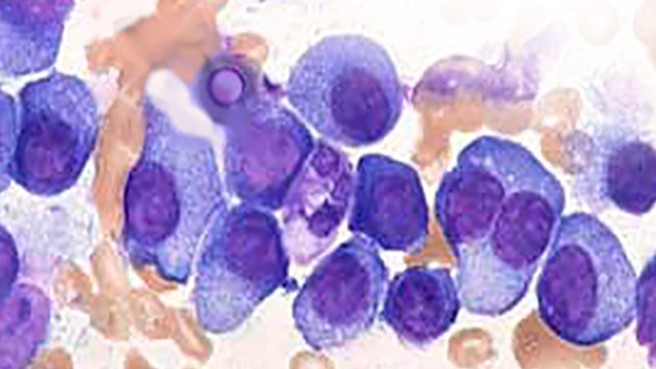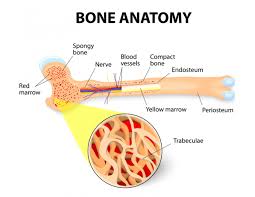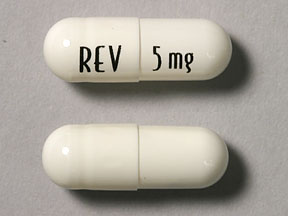
Recently Diagnosed or Relapsed? Stop Looking For a Miracle Cure, and Use Evidence-Based Therapies To Enhance Your Treatment and Prolong Your Remission
Multiple Myeloma an incurable disease, but I have spent the last 25 years in remission using a blend of conventional oncology and evidence-based nutrition, supplementation, and lifestyle therapies from peer-reviewed studies that your oncologist probably hasn't told you about.
Click the orange button to the right to learn more about what you can start doing today.
- You are here:
- Home »
- Blog »
- Multiple Myeloma »
- Multiple Myeloma Chemotherapy- Revlimid, Xgeva, MultiDrug Resistance”
Multiple Myeloma Chemotherapy- Revlimid, Xgeva, MultiDrug Resistance”

“However, most patients eventually relapse and often demonstrate multiple drug resistance (develop MDR to multiple myeloma chemotherapy).”
Hi David- I was diagnosed with Multiple Myeloma in the fall of 2016. I had progressive back pain for roughly 10 months prior to being diagnosed. I was 38 at the time and chalked it up to several prior injuries from ATV and work related accidents.
After severe back spasms taking me to the ground and two ambulance rides to the hospital I refused to leave until we found the problem. I was diagnosed with stage 3 MM the pet scan was positive from head to toe.
I was treated with radiation to get rid of the tumor on my spine from the M protein causing the pain. I then went through all the procedures for the bone marrow transplant.
Everything went well and was back to work in 18 days. I have been on a Revlimid one week on and one week off (too keep my white blood cell levels up) ever since. I also get a XGEVA shot every 3 months.
My oncologists suggests this for the rest of my life. I would like to think that switching to CBD would be easier on my body.
I would like your thoughts and input. I have read every post on PeopleBeatingCancer and can relate to several of them. However I haven’t met anyone with MM as young as I am (now 41).
I haven’t changed my diet or anything up to this point and am at the same weight as before I was diagnosed. I am changing my diet and exercise regimen to get into better shape. Any input will be greatly appreciated. Thank you, Bob
Hi Bob-
I will enumerate my replies to your comments below.
- anti-angiogenic nutrition
- anti-angiogenic supplementation
- anti-MM integrative therapies- for example, curcumin enhances the efficacy of revlimid- see study linked below- I believe that you should include curcumin with your maintenance therapy)
- anti-MM lifestyle (frequent, moderate exercise, detox, )
- anti-MM complementary therapies such as intravenous vitamin C
- MM Survivor
- MM Coach
- Director PeopleBeatingCancer
Recommended Reading:
Drug resistance in multiple myeloma.
“Multiple myeloma (MM, plasma cell myeloma) is a malignant hematologic disease characterized by the clonal proliferation of malignant plasma cells.
The treatment of MM has changed dramatically in recent years, with the introduction of new drugs into therapeutic strategies, both in the front line setting and in relapsed refractory disease. However, most patients eventually relapse and often demonstrate multiple drug resistance.
Therefore there is still an urgent and unmet need to define the molecular mechanisms of resistance for available drugs in order to enhance the use of existing treatments and design more effective therapies.
Genetic abnormalities are well known to play a central role in MM resistance to available drugs, and epigenetic aberrations mainly affecting the patterns of DNA methylation and histone modifications of genes, especially tumor suppressors, can be involved in the resistance mechanism.
Moreover, defects in the mechanisms of apoptosis, senescence and DNA repair could also contribute to drug resistance.
In addition, mutations or alterations in the expression of the drug target can influence response to therapy. Achieving a better understanding of the pathways and protein expression involved in MM drug resistance and the development of novel therapeutic strategies are important goals for further progress in the treatment of MM. This review gives a critical overview of the role of cellular, microenvironmental and molecular mechanisms of drug resistance in MM.
Curcumin enhances the cytotoxic and chemo-sensitising effects of lenalidomide in human multiple myeloma cells
“Results: Incubation of H929 cells with curcumin (30mM) or lenalidomide (2.5 mM) for 3 days resulted in 26.35% (±1.06) and 30.81%(±2.98) apoptotic cells respectively. When 30 mM curcumin was combined with 2.5 mM lenalidomide, 50.4% (±3.37) apoptotic cells were detected by flow cytometry and the increase was significant compared to either curcumin alone or lenalidomide alone (anova p = 0.0026). Furthermore, gene analysis studies show that curcumin enhances the cytotoxic effect of lenalidomide via suppression of the cereblon and multi-drug resistant genes.
Conclusion: Curcumin exerts a cytotoxic effect additive to that of lenalidomide on H929 myeloma cells, and it also enhances the chemo-sensitizing effects of this agent.”



